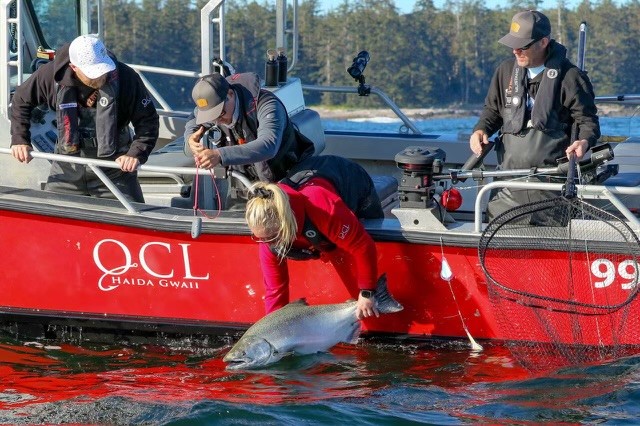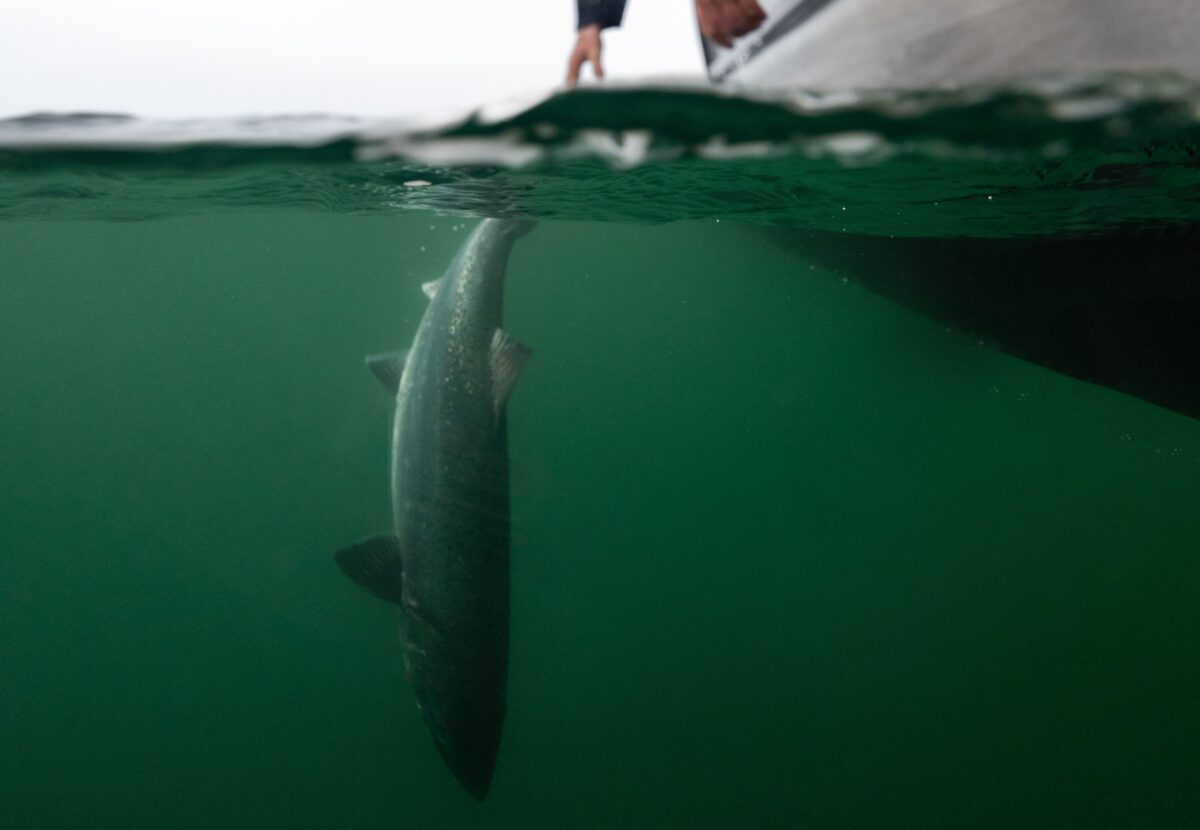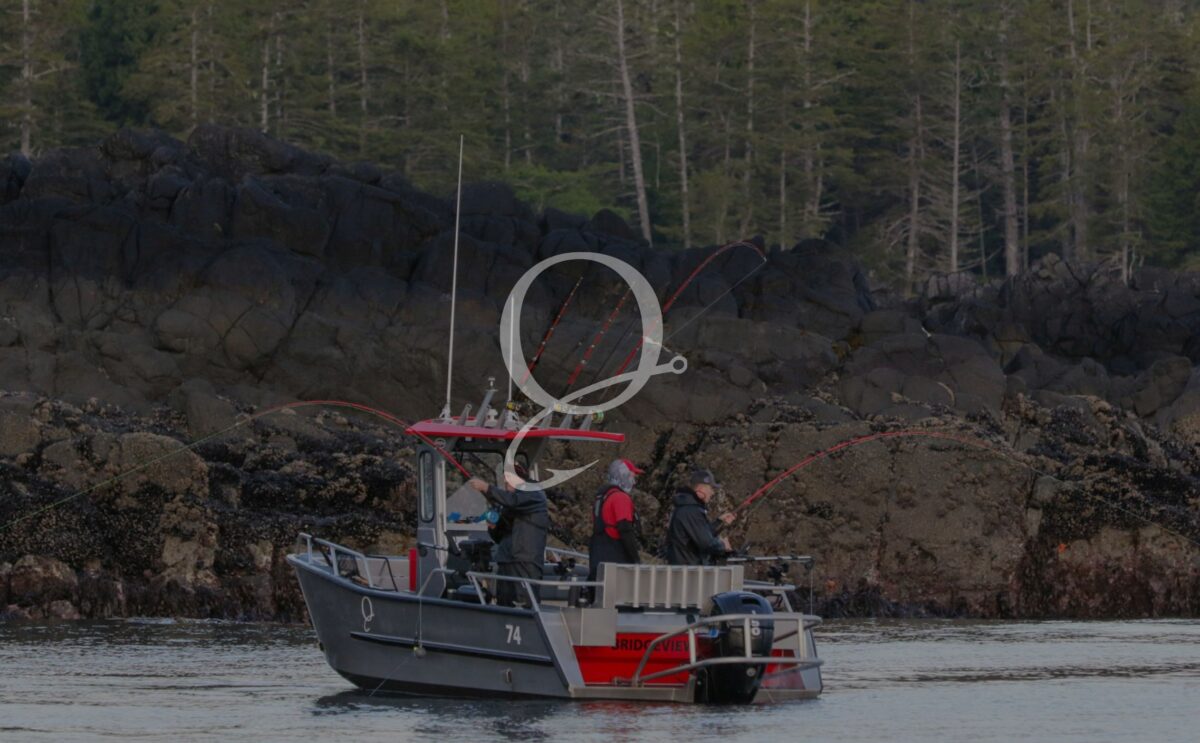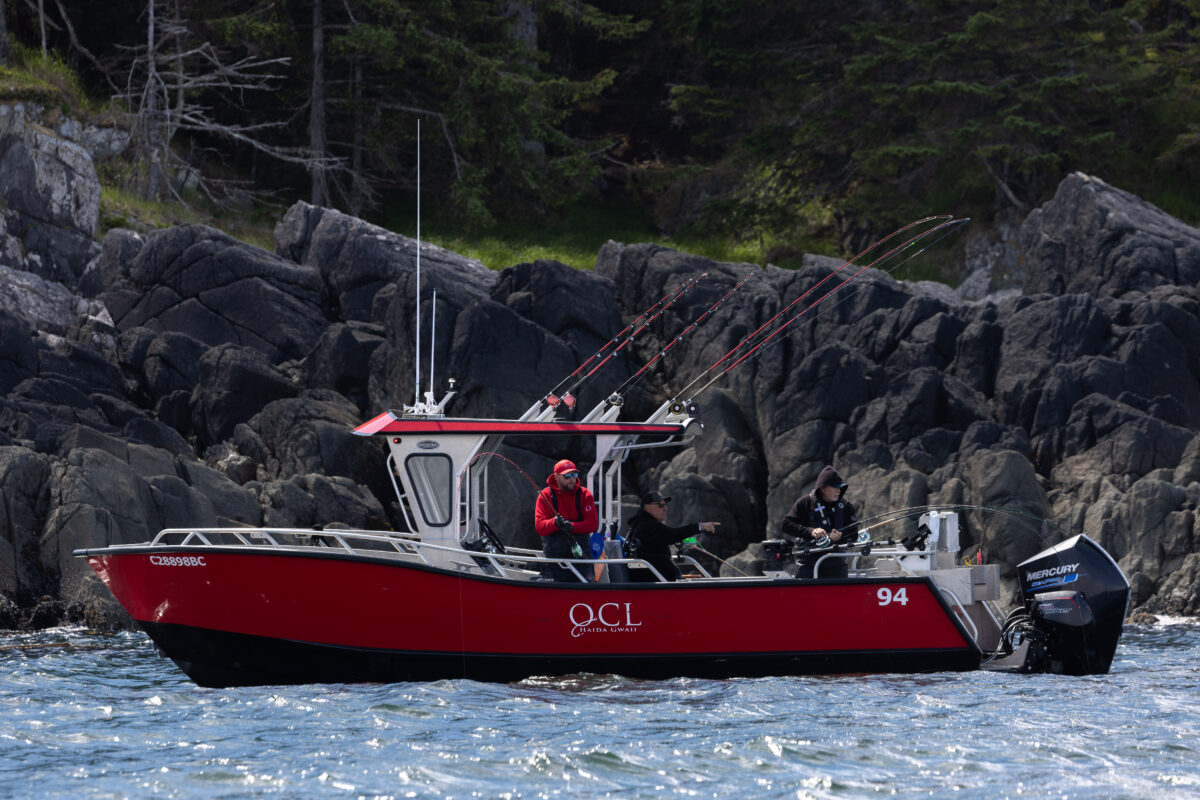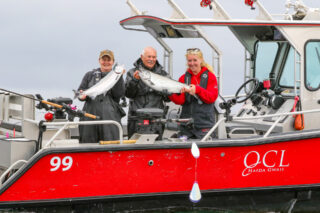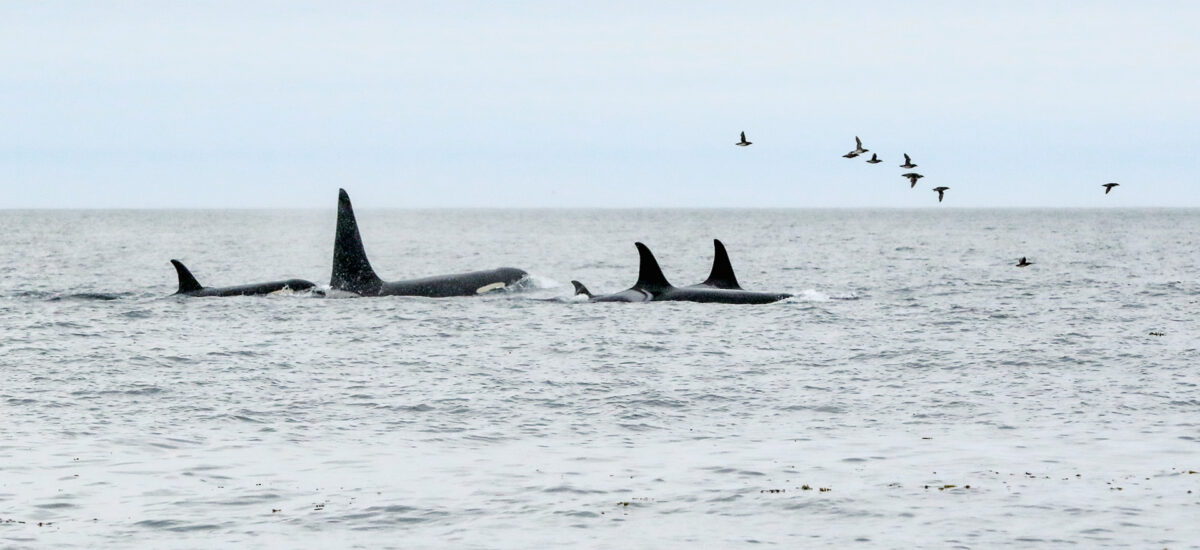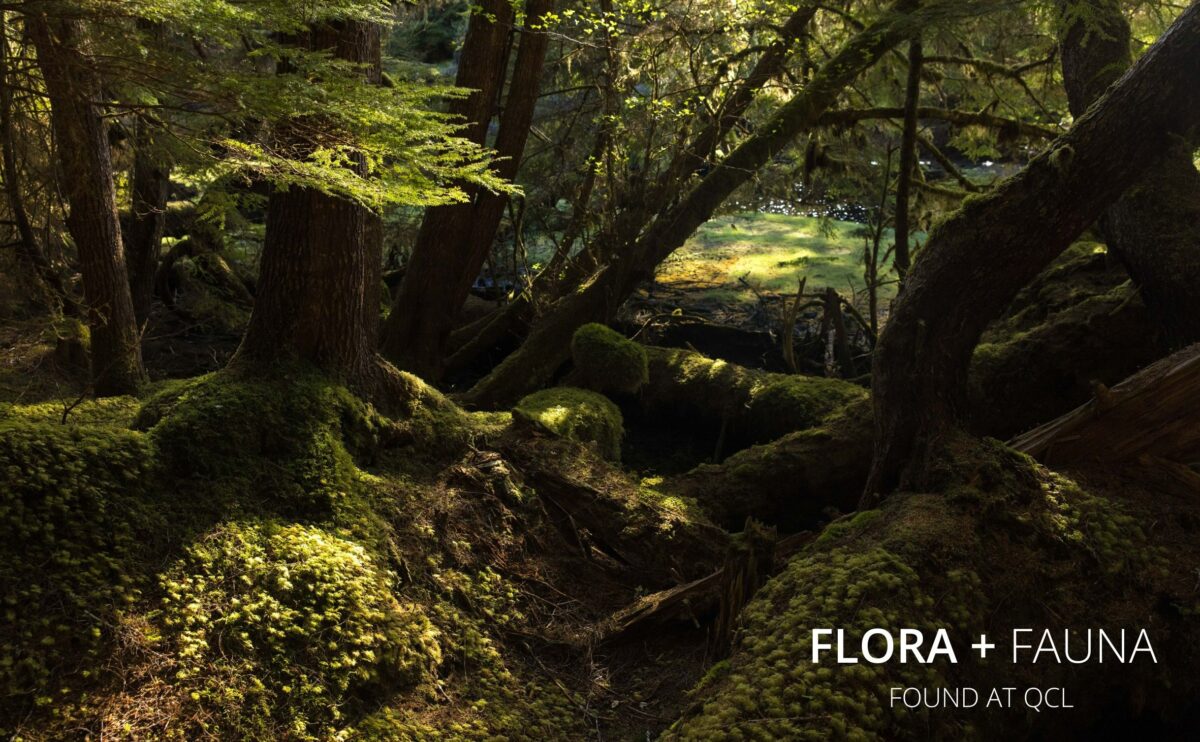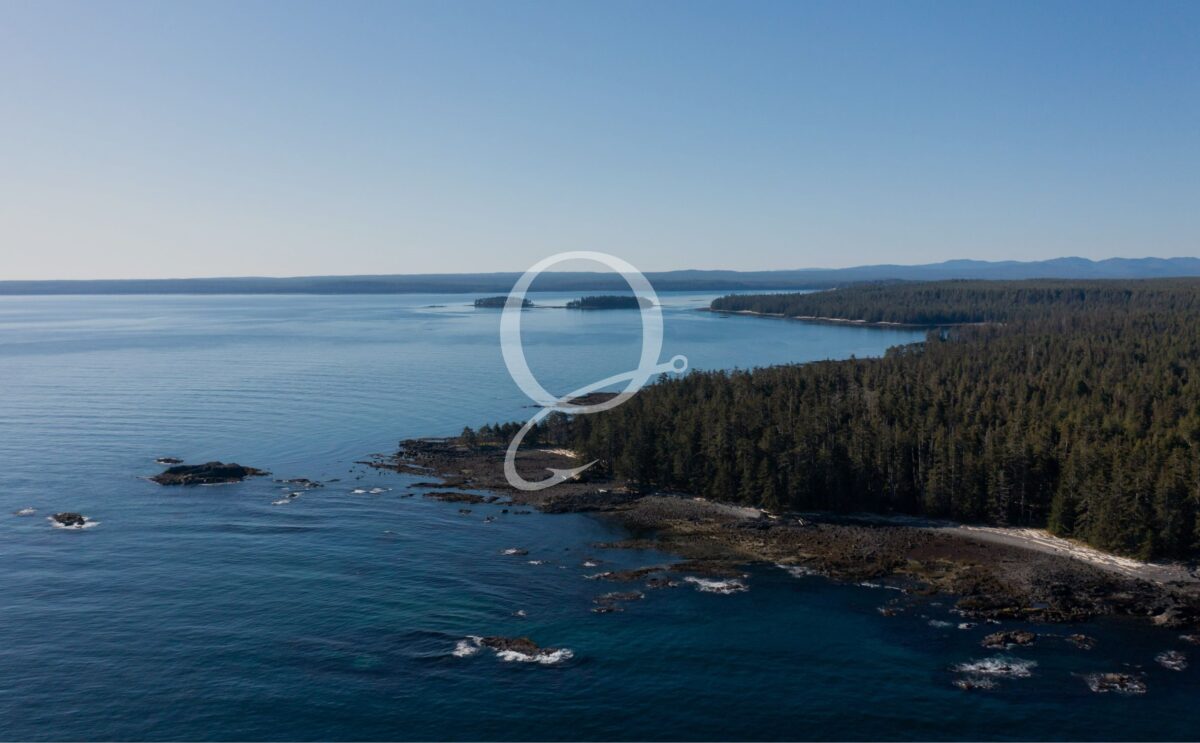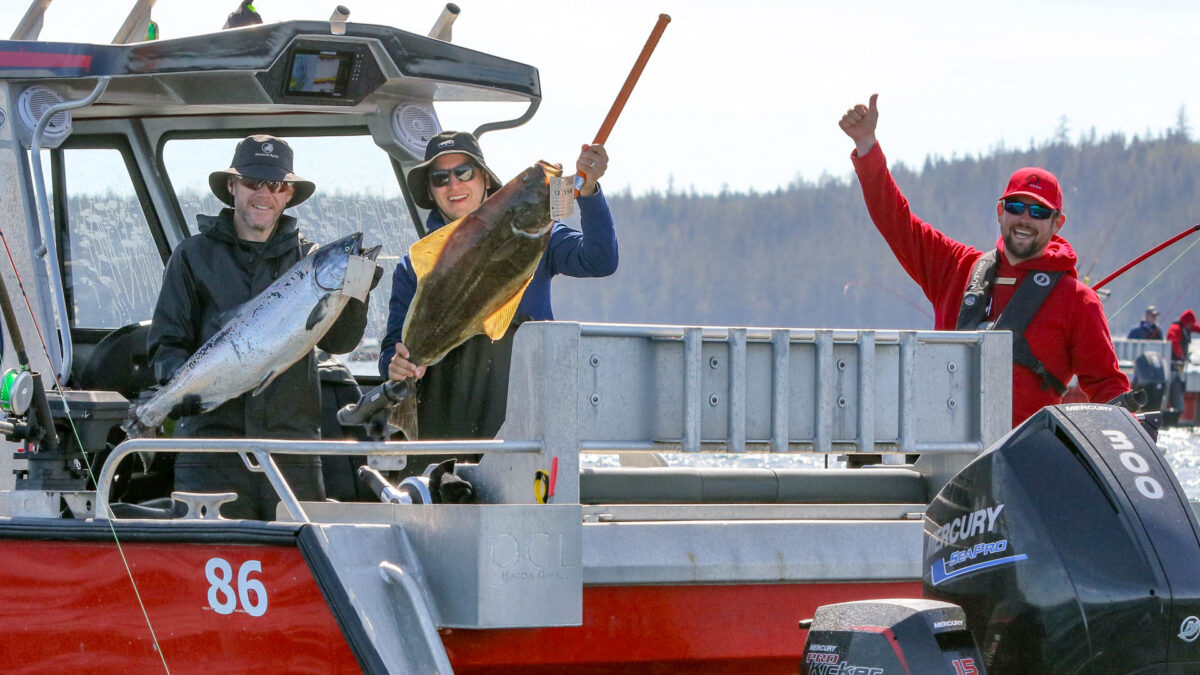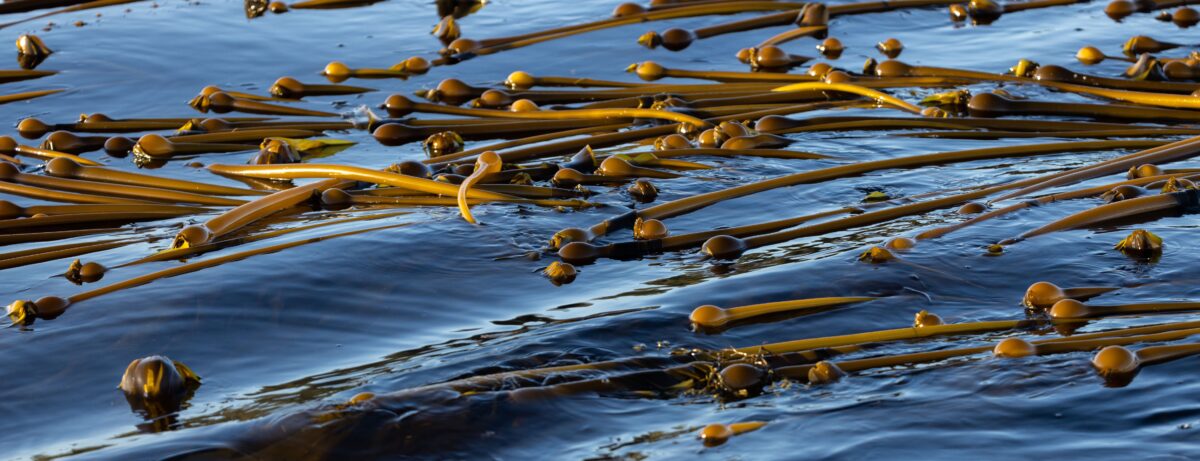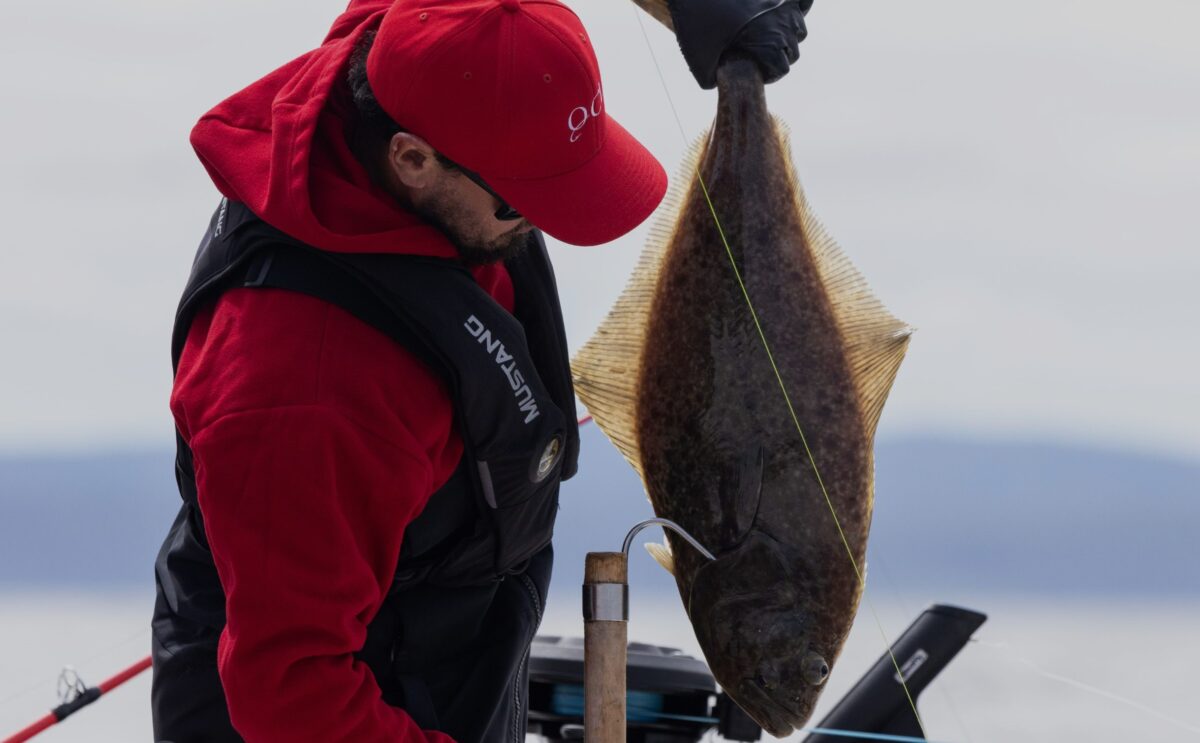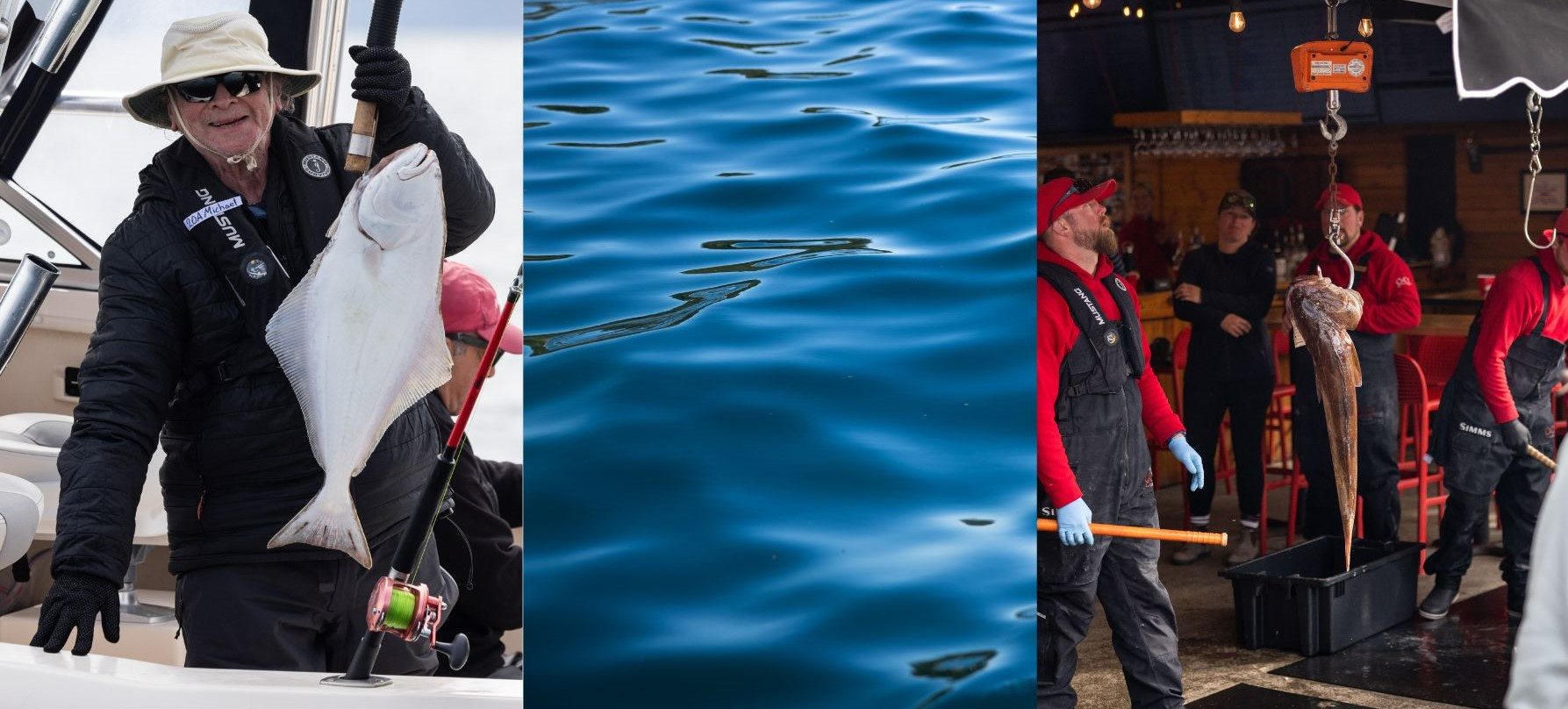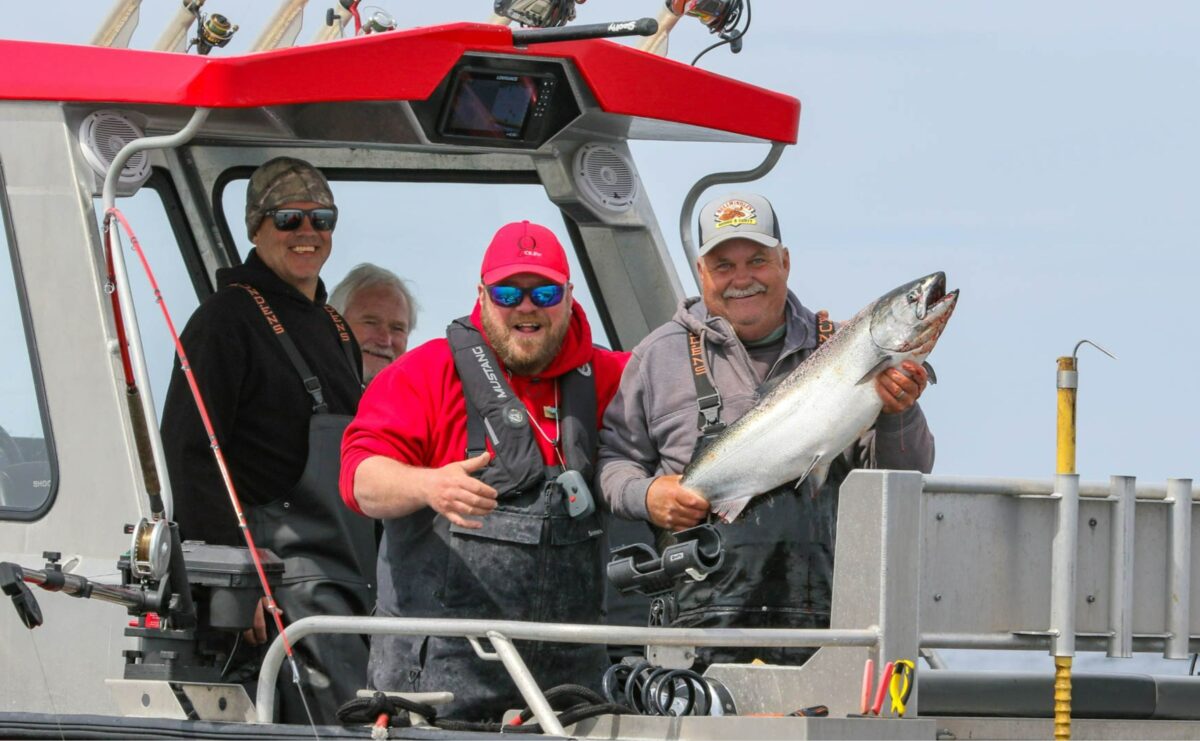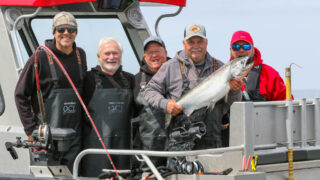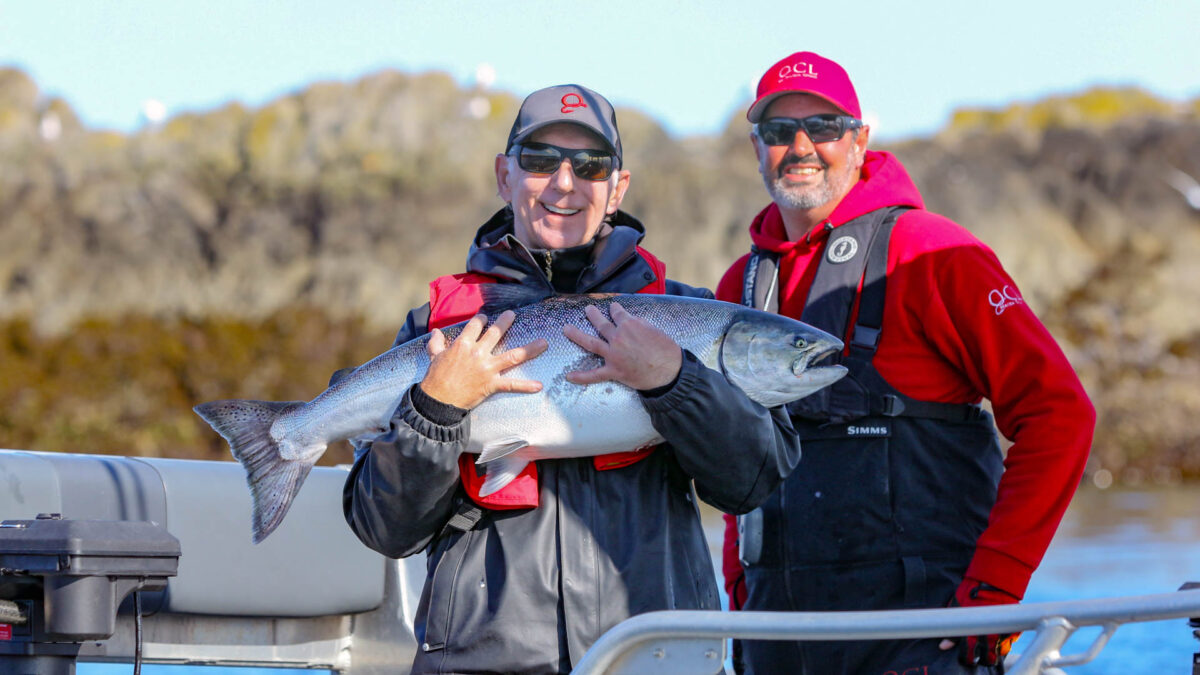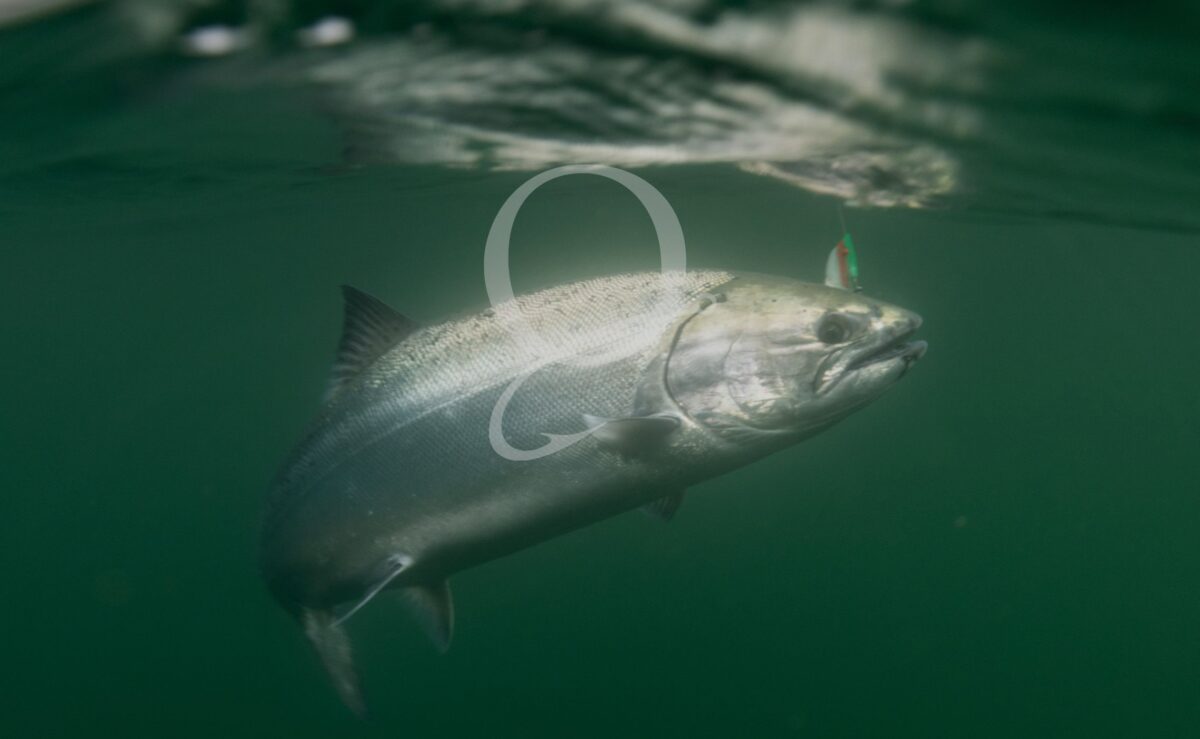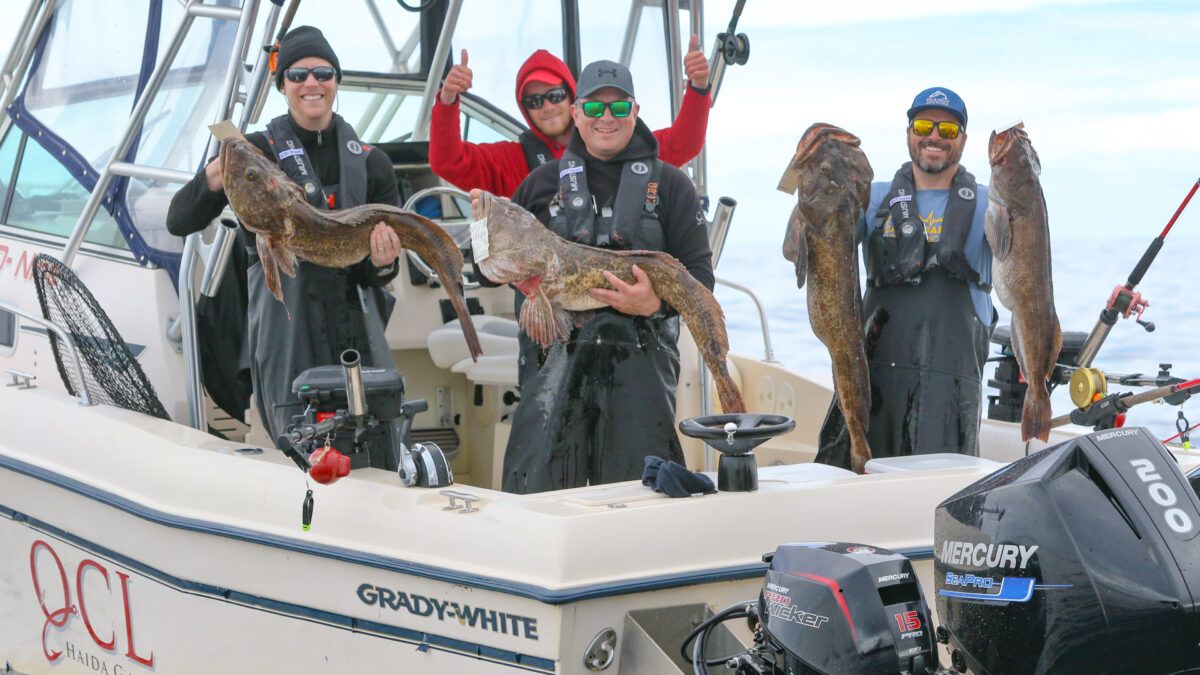We have the privilege of witnessing firsthand, the incredible flora and fauna that Haida Gwaii has to offer. QCL is surrounded by breathtaking scenery and abundant wildlife making it the perfect destination for nature lovers and outdoor enthusiasts of all kinds.
For many, both guests and staff alike, one of the highlights of visiting the Lodge is the opportunity to spot black bears, eagles, deer, humpback whales, orcas, dungeness and red rock crab. These incredible creatures are a testament to the diversity of life in Haida Gwaii and observing them in their natural habitat is an experience that will stay with you for a lifetime.
Fishermen aren’t the only ones that love QCL, birdwatchers find the Lodge to be a paradise as well. From the bald eagles to the hummingbirds and kingfishers, QCL provides a front-row seat to some of the most magnificent birds in the world. Whether you’re watching them hunt, feed, or simply soar above the trees, you’ll be in awe.
And let’s not forget about the whales. During the season, guests often have the opportunity to witness these magnificent creatures up close. Their acrobatics and feeding displays are truly a sight to behold.
Oh! And the orcas and pilot whales. Now if you thought I already touched on these in the previous paragraph you would have made a very common mistake. Those well versed on this northern archipelago will inform you that, believe it or not, these are actually part of the dolphin family.
In addition to the wildlife, QCL is also surrounded by lush forests, open, wind blown areas with stunted vegetation and oxbow laden rivers. From the towering trees to the tiny flowers and ferns, the flora of Haida Gwaii is equally impressive to the fauna.
The towering trees that dominate the forests of Haida Gwaii are ancient Sitka Spruce, some of which are over 1,000 years old. These towering giants provide habitat for a variety of species, including the incredible bald eagles. Beyond the Sitka Spruce, the island is home to a rich diversity of plant life, including mosses, lichens, an array of flowering plants and the aforementioned ferns. The coastal areas are dotted with shoreline vegetation including seaweeds, kelps, and eelgrass beds, which provide habitat for a variety of marine life. Whether you’re taking a leisurely hike or simply enjoying the scenery, you’ll be surrounded by nature’s beauty at every turn.
At QCL, we are passionate about preserving the natural beauty of Haida Gwaii for generations to come. That’s why we take great care to minimize our impact on the environment.
Whether you’re a seasoned fisherman or simply someone who appreciates the beauty of the great outdoors, you won’t be disappointed by what you find here.

